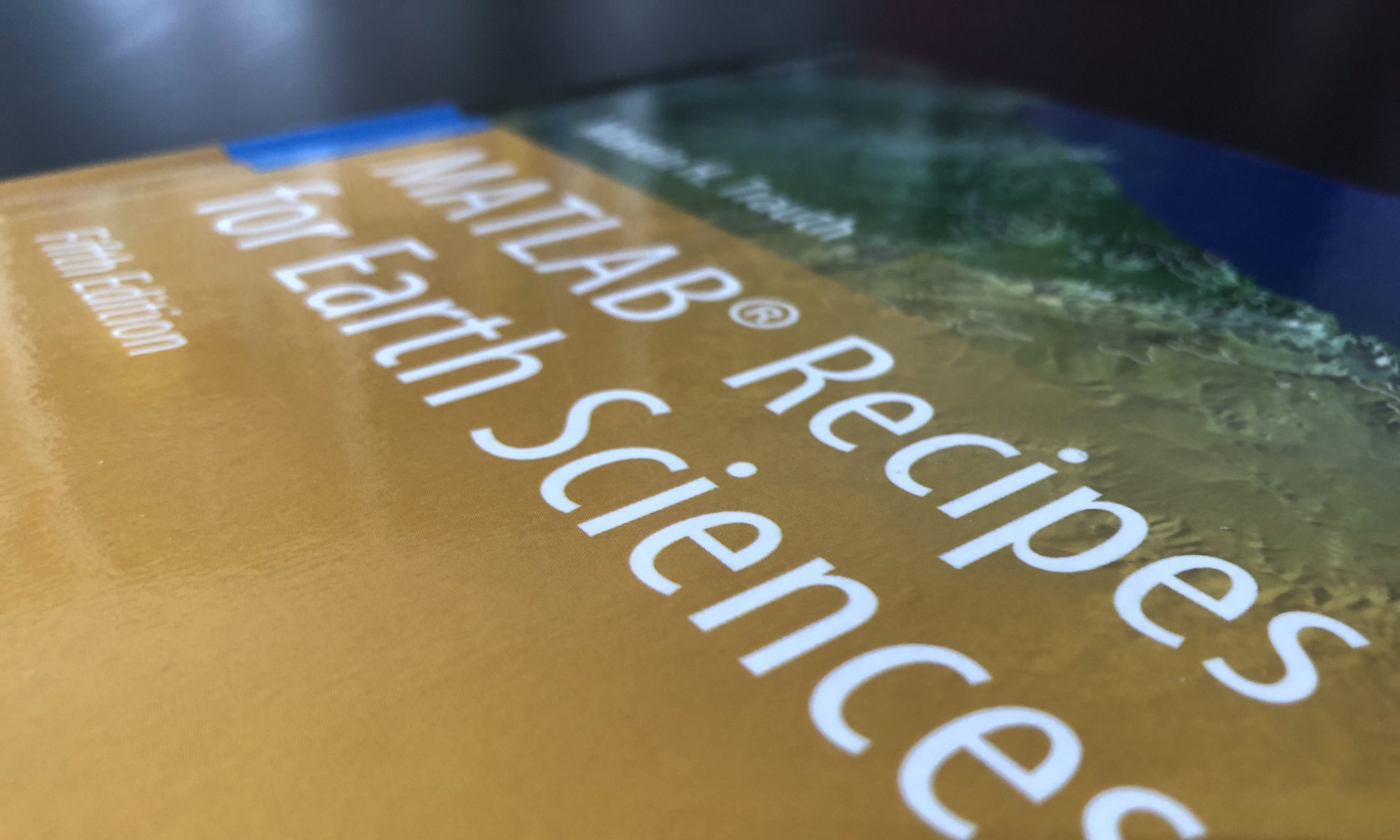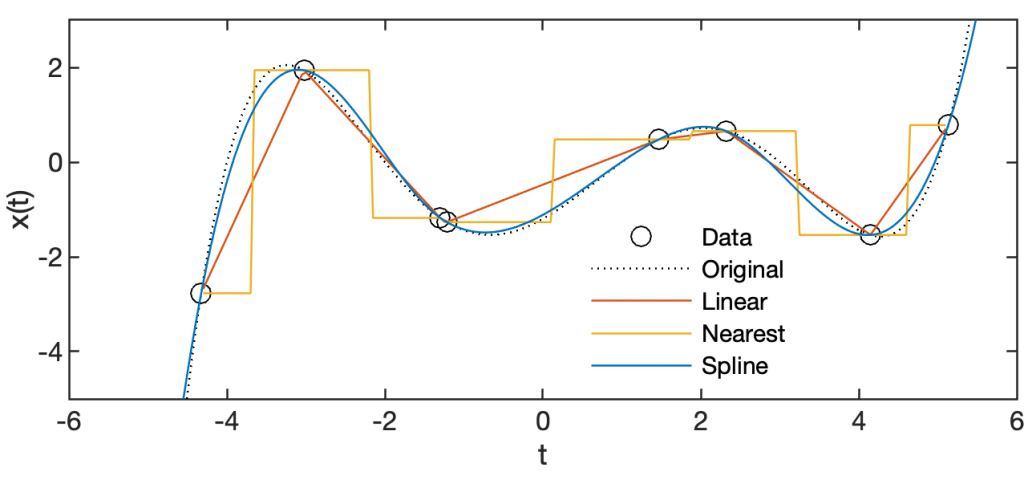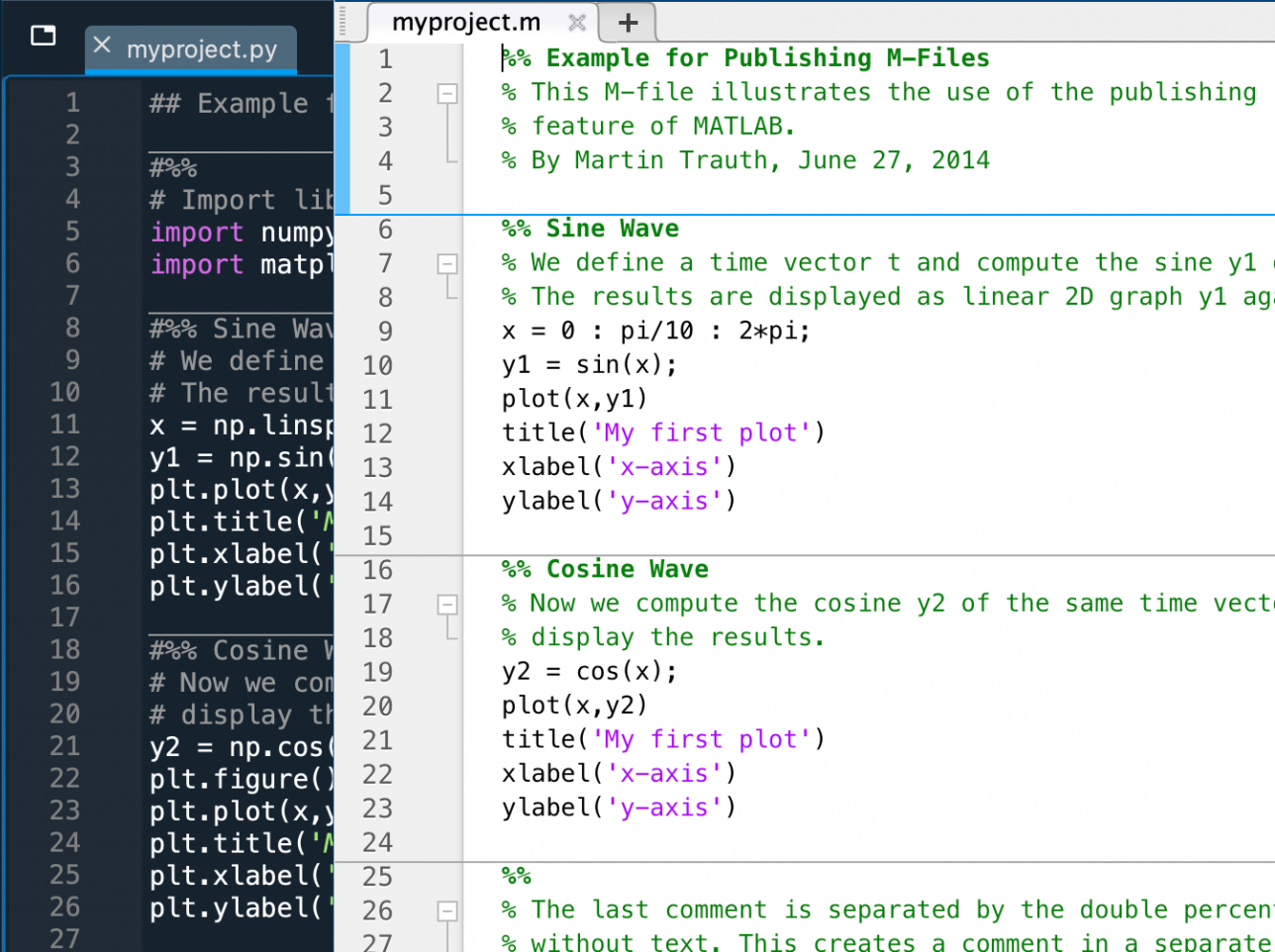Most methods of time series analysis require evenly spaced time axes, which is why we have to convert unevenly spaced time series into a time series with an evenly spaced time axis using interpolation. Continue reading “Interpolating Unevenly Spaced Data With MATLAB”
Creating Animated 3D Objects with MATLAB

Ever since the introduction of electronic devices with touch controls, interactive 3D graphics objects have become increasingly popular in multimedia electronic books (ebooks). The Lidar Toolbox and the Computer Vision Toolbox from MathWorks provide the necessary tools for creating and exporting 3D graphics objects for inclusion in documents such as multimedia ebooks, interactive websites, and presentations (MathWorks 2025a, b).
Creating Animated 3D Objects with Python

Ever since the introduction of electronic devices with touch controls, interactive 3D graphics objects have become increasingly popular in multimedia electronic books (ebooks). The Open3D and the Rasterio packages for Python provide the necessary tools for creating and exporting 3D graphics objects for inclusion in documents such as multimedia ebooks, interactive websites, and presentations.
MATLAB Example to Illustrate John Aitchison’s Log-Ratio Transformation, Part 4
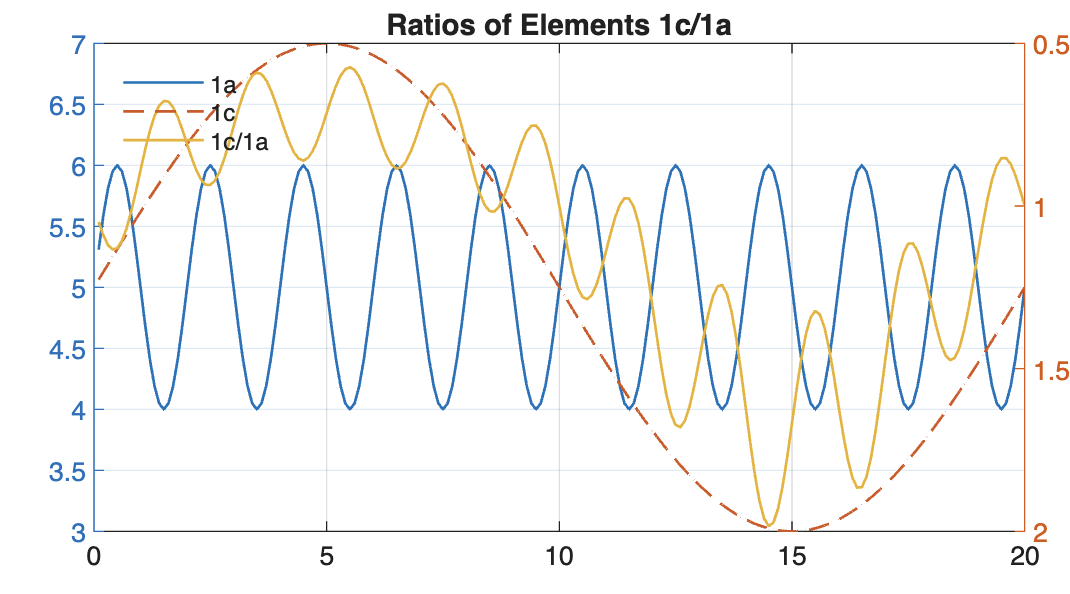
John Aitchison spent much of his career addressing the unique challenges of statistics for compositional data. His legacy is being carried on by colleagues who do not always succeed in presenting the material in a way that is understandable to geoscientists. Now in the fourth part of a series of blog posts, I am attempting to address the problems of closed data and possible workarounds using a series of simple MATLAB simulations, without frustrating geoscientists with mathematical formulas.
Continue reading “MATLAB Example to Illustrate John Aitchison’s Log-Ratio Transformation, Part 4”
60th Online Shortcourse on MATLAB & Python Recipes for Earth Sciences
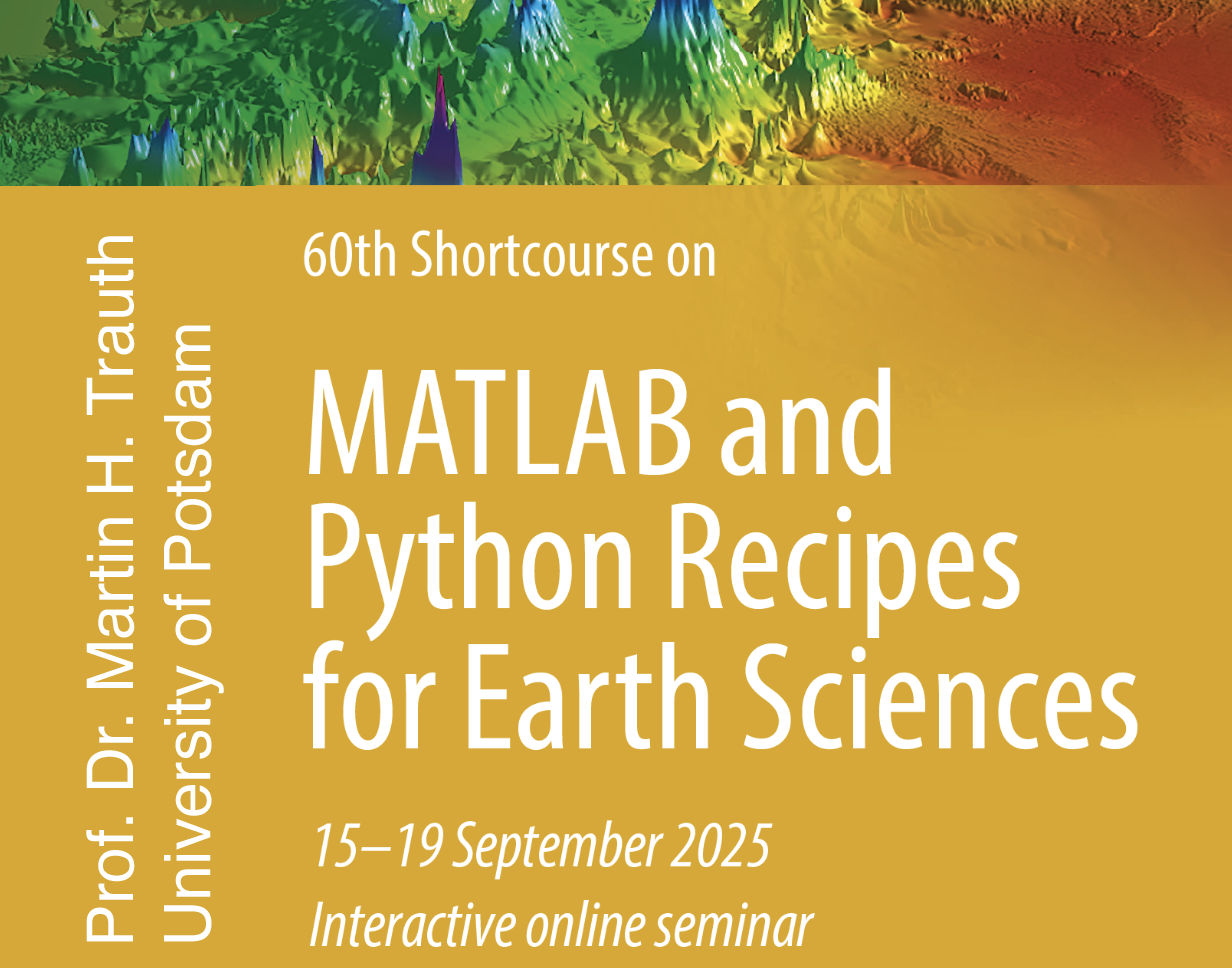
The popular online course on data analysis in the geosciences will be taught bilingual using the two leading programming languages and development environments MATLAB and Python in parallel on 15–19 September 2025. The course is based on my books MATLAB Recipes for Earth Science (Springer 2025) and Python Recipes for Earth Sciences (Springer 2024).
Continue reading “60th Online Shortcourse on MATLAB & Python Recipes for Earth Sciences”
An Artificial Neural Network with Backpropagation in 6 Steps

Artificial neural networks (ANNs) have been used for quite some time to identify, for example, flowers in easy-to-use apps on smartphones. They have been, however, the focus of great attention since the introduction of generative artificial intelligence chatbots like OpenAI’s ChatGPT.
Continue reading “An Artificial Neural Network with Backpropagation in 6 Steps”
MATLAB vs. PYTHON from a MATLABer’s Perspective
After writing a ~500 pages book in two versions for MATLAB and Python, I would like to offer a comparison from the point of view of a MATLAB user. Comments, corrections and additions via email are as always welcome! Continue reading “MATLAB vs. PYTHON from a MATLABer’s Perspective”
Using MRES and PRES as a Dictionary Between MATLAB and Python
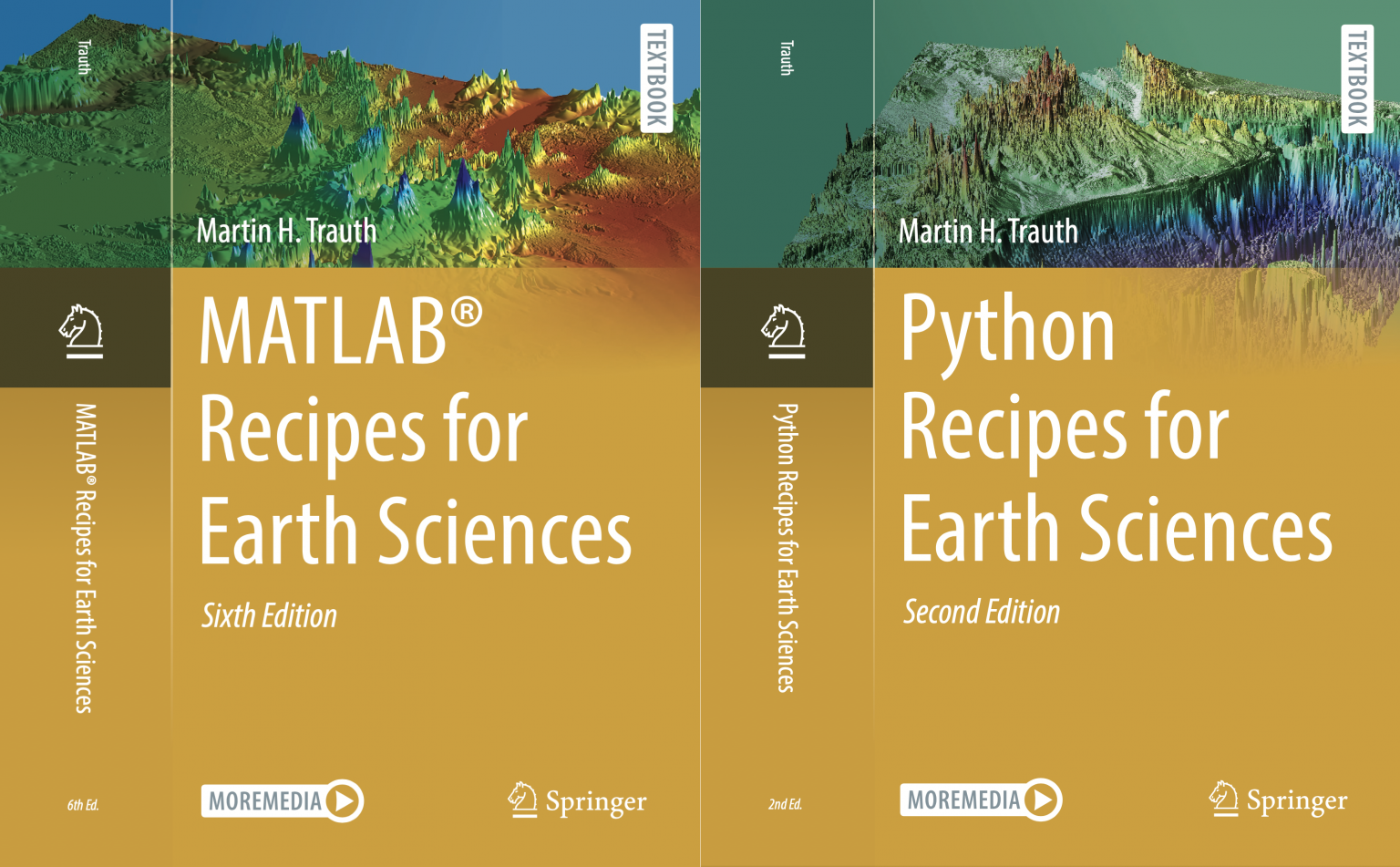
Now that both new editions have been published, the MRES and PRES books can be used as a MATLAB-Python and Python-MATLAB dictionary. Continue reading “Using MRES and PRES as a Dictionary Between MATLAB and Python”
